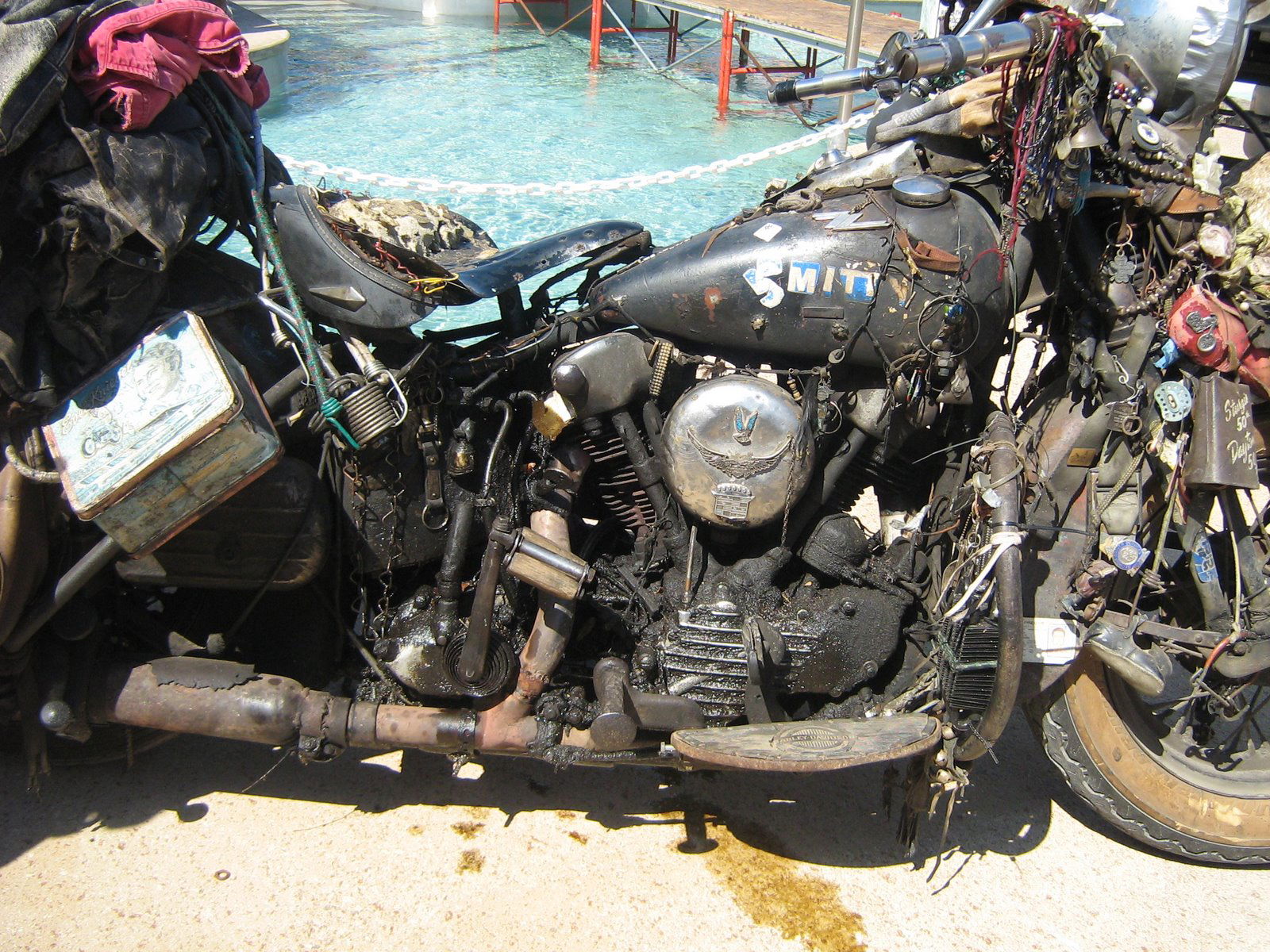Buying and running a classic bike
Tired of the repeated record of modern motorcycles? Here are tips to buying, restoring and running a classic bike

If you're coming round to the idea that a classic might be for you, it's perhaps best to make sure. Do a quick web search to find out the nearest meets of the owners club for the marque your interested in. Most clubs are very welcoming, and many owners so proud of their classic that you'll have every chance of a test ride on the type of bike you're thinking of buying.
The first thing to do before buying a classic is to immerse yourself in a few books and magazine articles on the bike you think you want. In other words, make yourself a marque expert, that way you've got less chance of being sold a pup.
Many of the more desirable classics are relatively easy to fake, for example the only external identifier of a Laverda Jota being its sidepanel badges, exhausts and rearsets. Membership of an owners club is a good idea, and also a good potential source of the bike of your dreams and subsequent spares.
As with any secondhand bike, you want to carefully check out a prospective purchase's mechanical integrity, and that frame and engine numbers are as they should be and that they match those on the V5 logbook. You'll pay a premium if buying from a dealer, but in the UK they have to guarantee against defects for the first six months after purchase unless they can prove that the problem was down to you. Also it is illegal for them to misrepresent a bike. However they don't have to tell you about any faults, so give them a good grilling about the bike before parting with your cash.
Another important factor influencing your buying decision is what you intend to use the bike for. If you only want to potter down deserted country lanes on high days and holidays, then buy what you like. If commuting in today's traffic or a spot of touring are on the cards, then you will need something that can accelerate, cruise and stop adequately.
Many classics are more maintenance intensive than modern bikes, but don't let that put you off. They're typically easier to work on than newer tackle, and the intimate relationship you'll forge with your classic's inner workings is a rewarding part of the classic ownership package. But until the oil has got firmly under your fingernails, it's probably best to buy a classic that has good parts availability (you can build a whole Norton Commando from parts, for example), so that means one of the more popular classics. There is a huge aftermarket for many classics, offering improved components that will make your bike run sweeter and more reliably.
The last buying decision is whether or not to go for a basketcase and restore it yourself, or buy the best example you can find. In the first case the cost of restoration usually far exceeds what it would have cost to buy a good one, especially if you have to source missing tinware (much Japanese stuff is scarce and pricey) - although you will be denied the pleasure of doing it all yourself. In the second case you need to be sure that the job was done properly by someone who knew what they were doing. Demand to see bills and receipts.
The last words? Ride your classic. The more you use them the better they are and niggling problems will be ironed out. Allowing a bike to stand can be as mechanically detrimental as actually using the thing. Enjoy.












